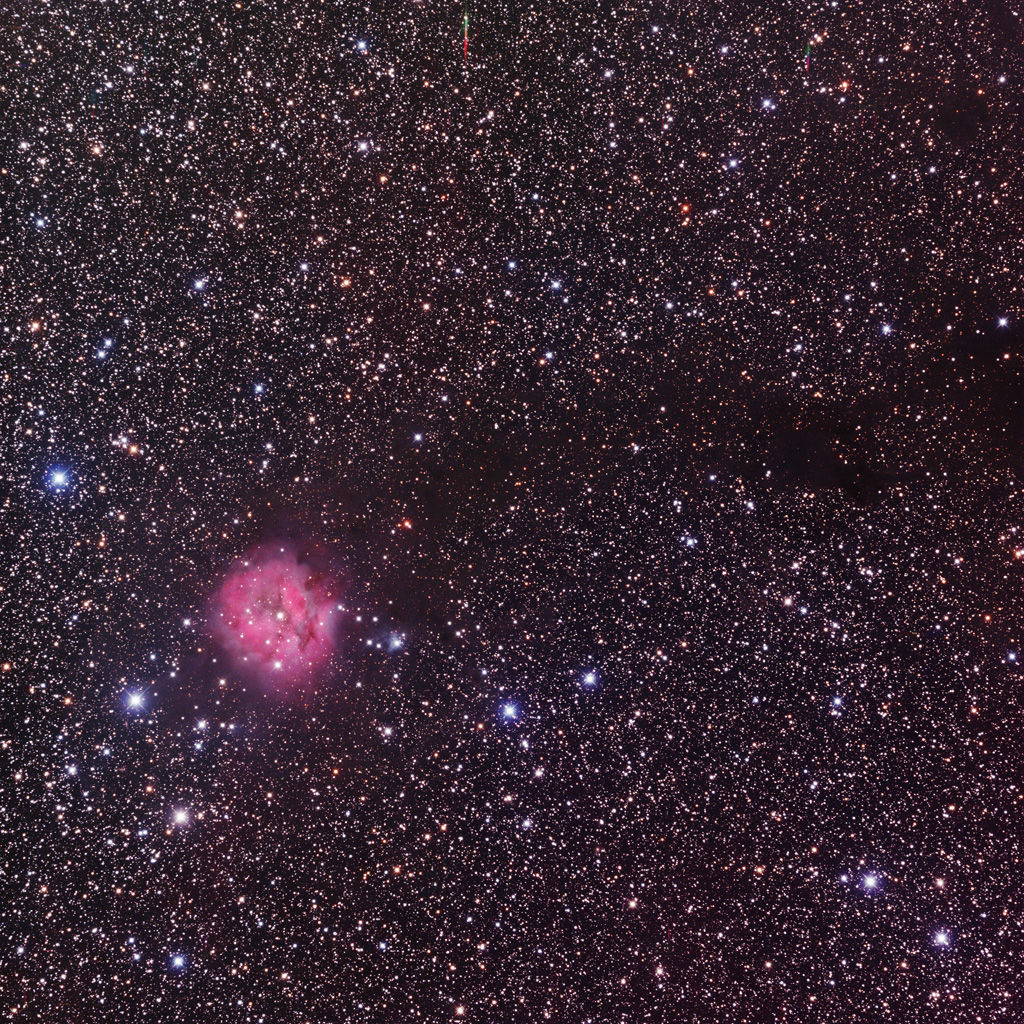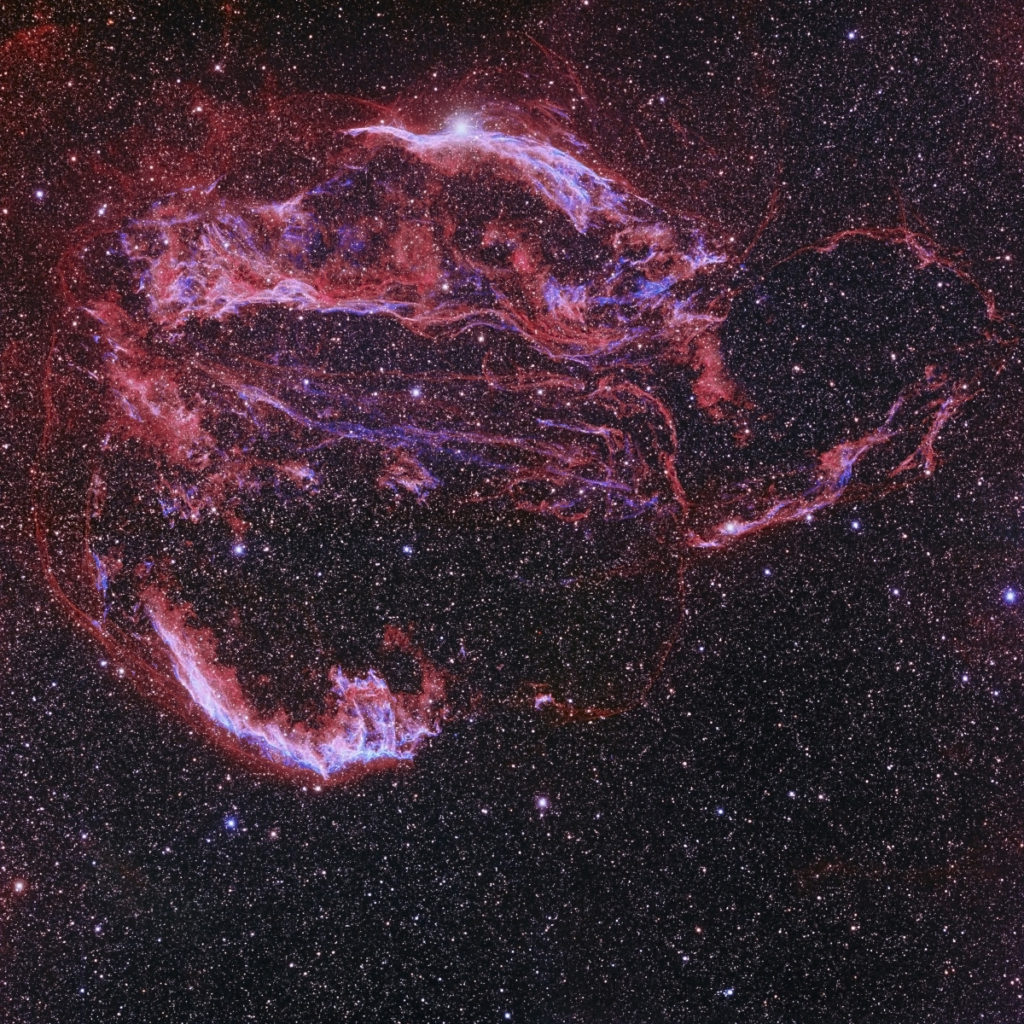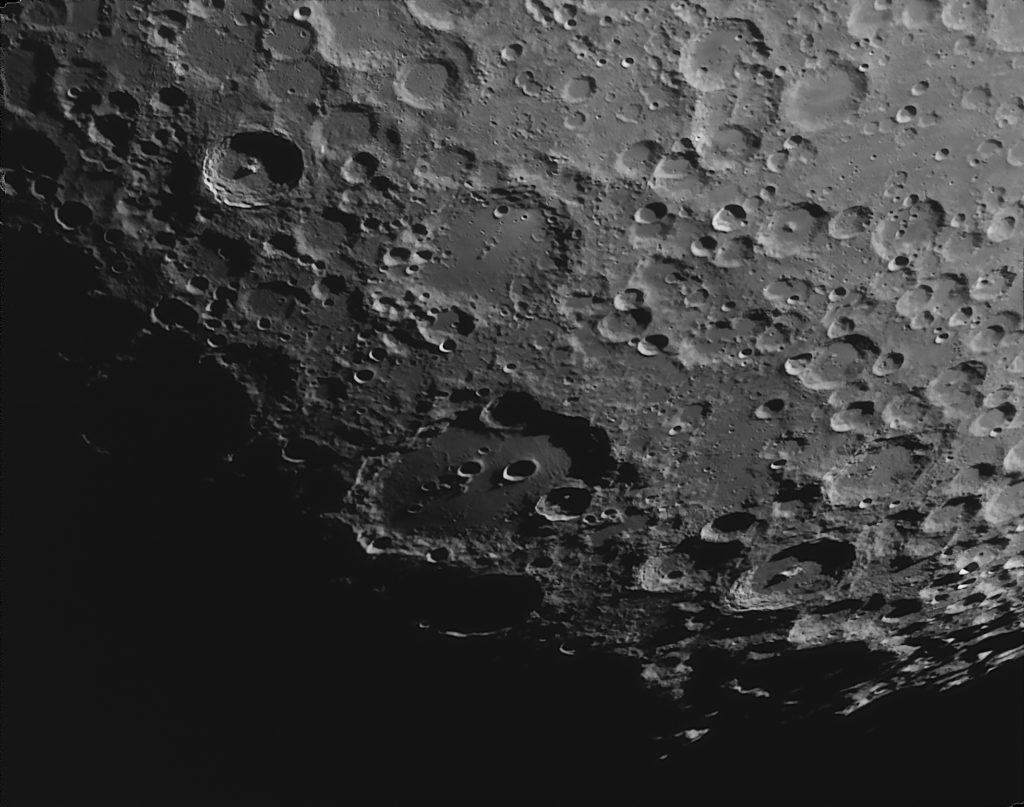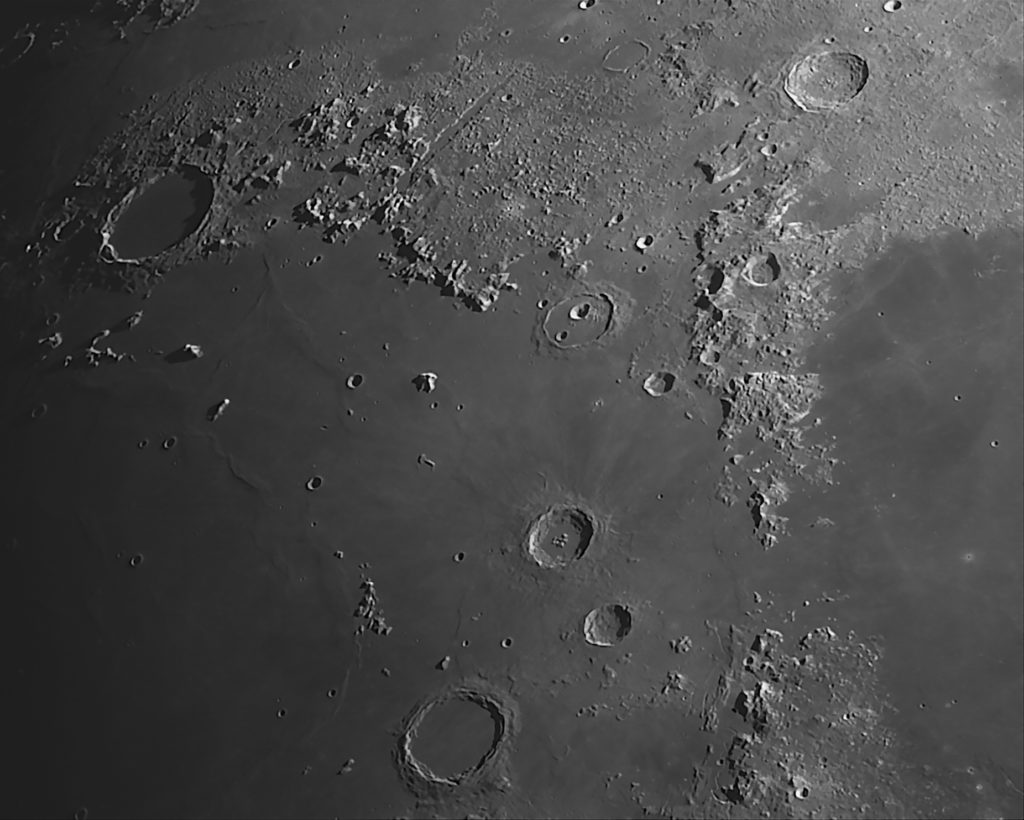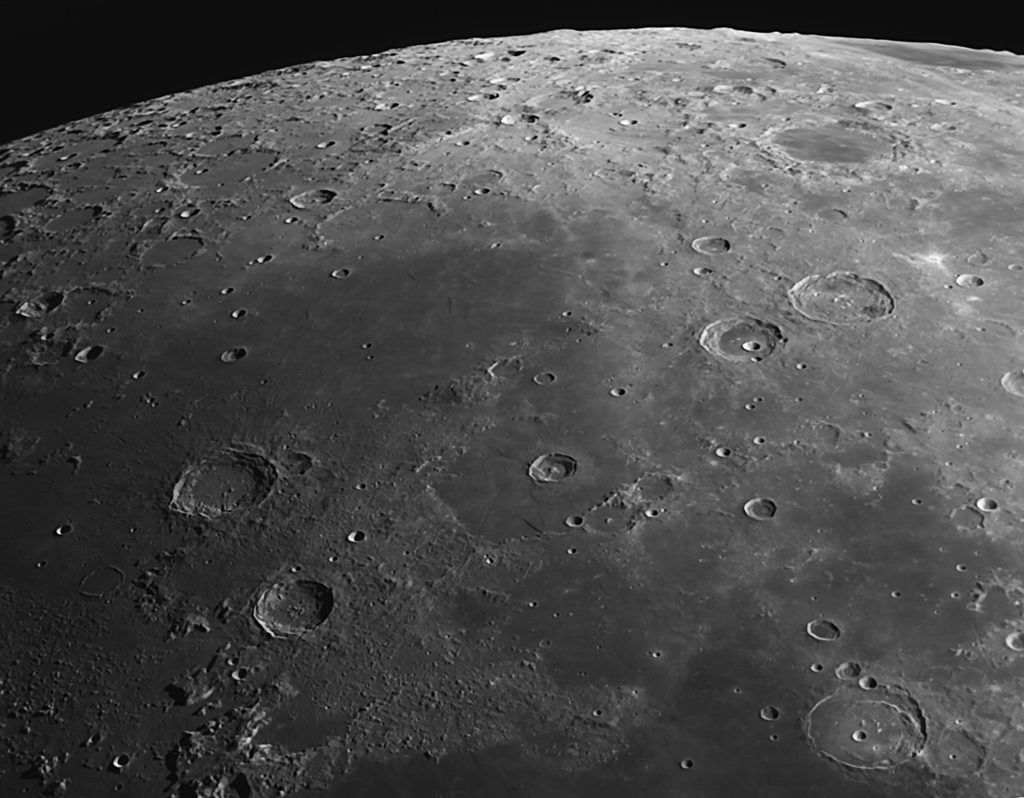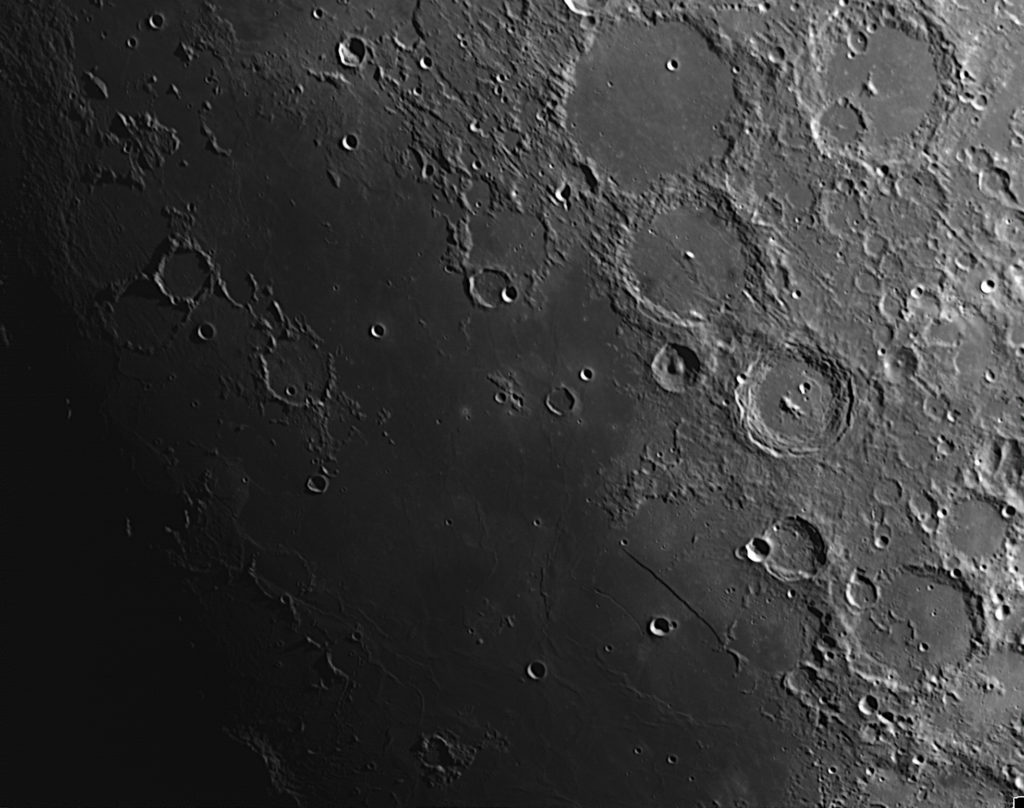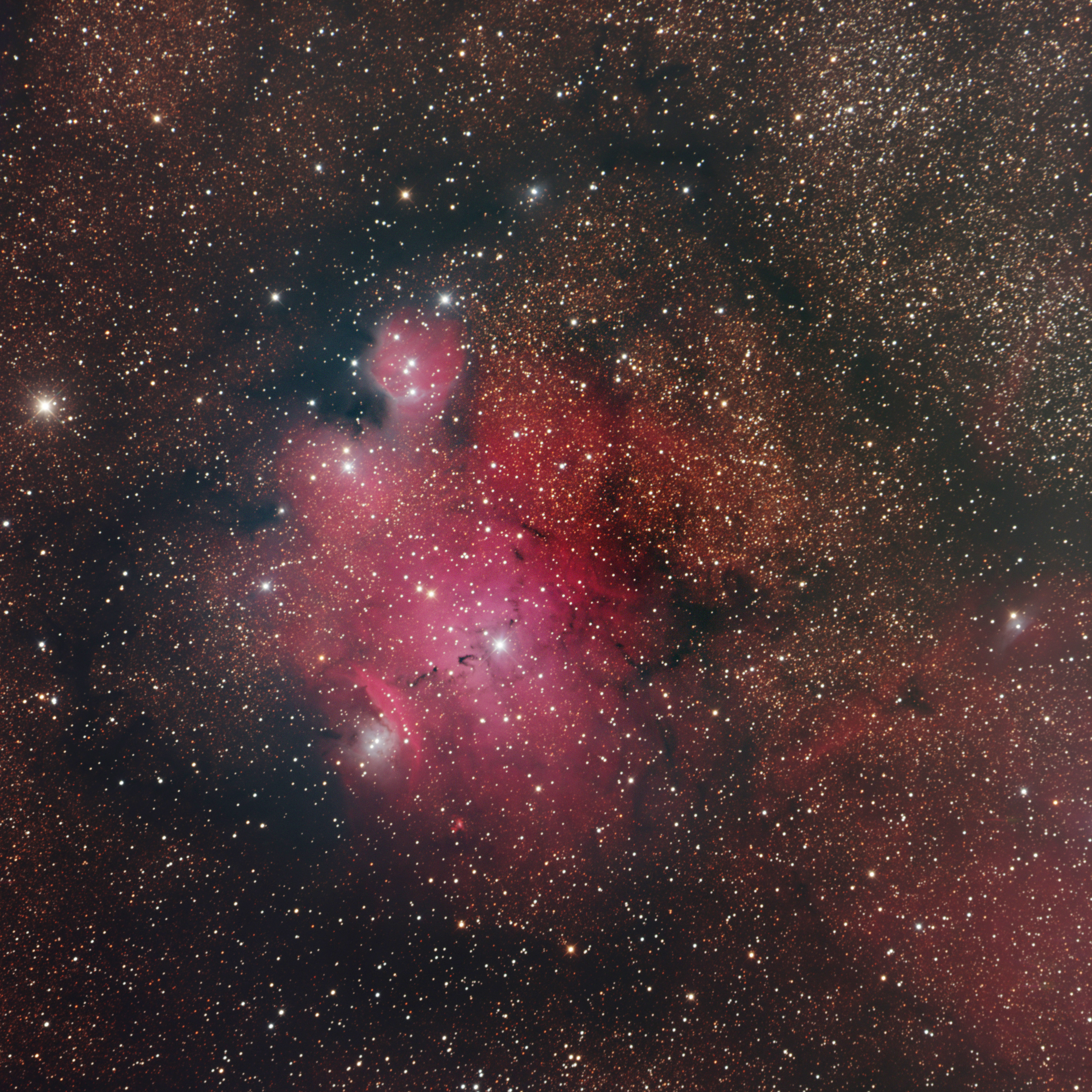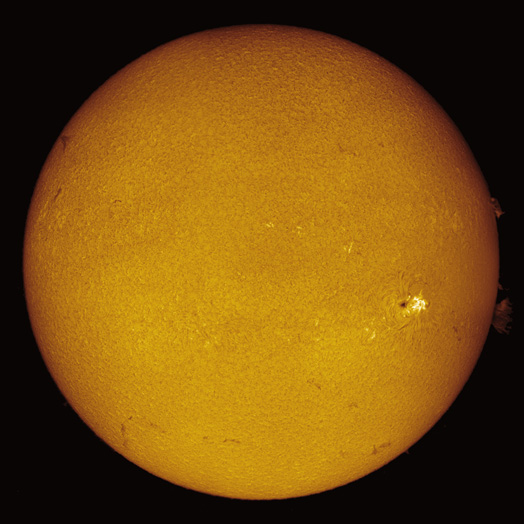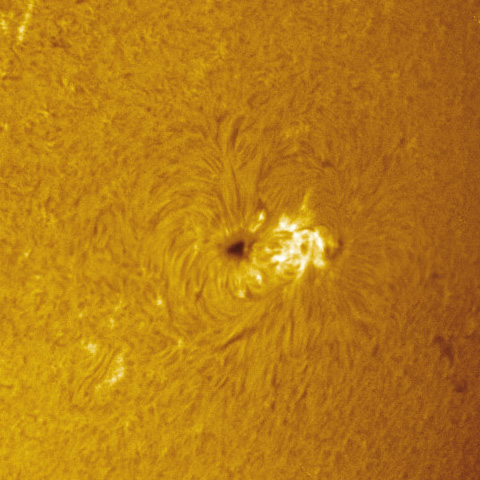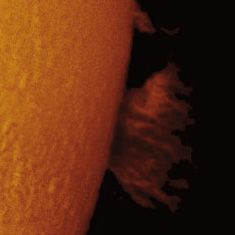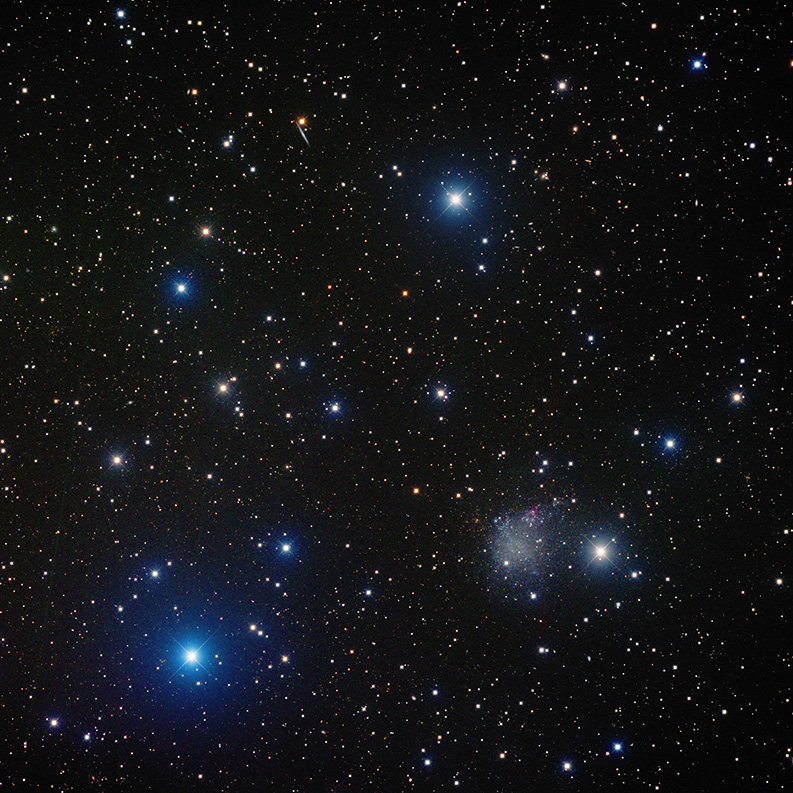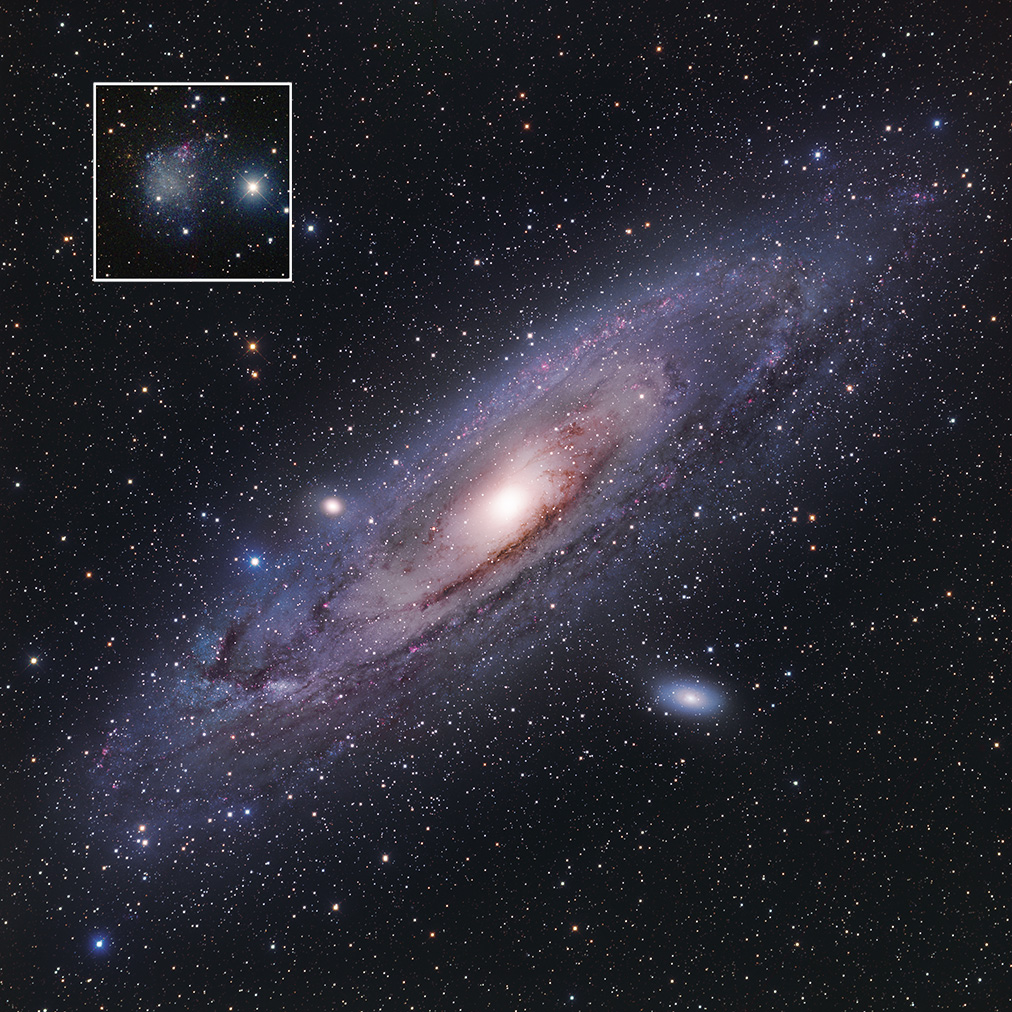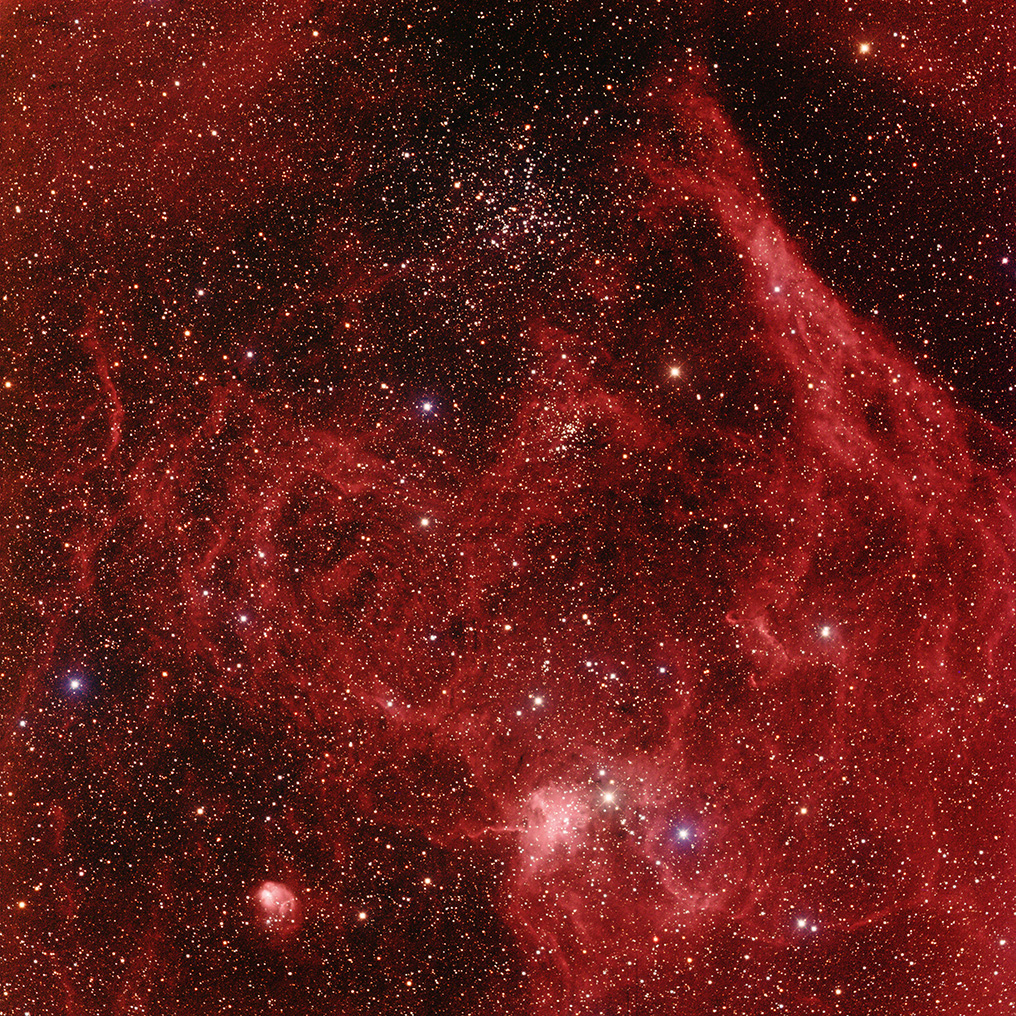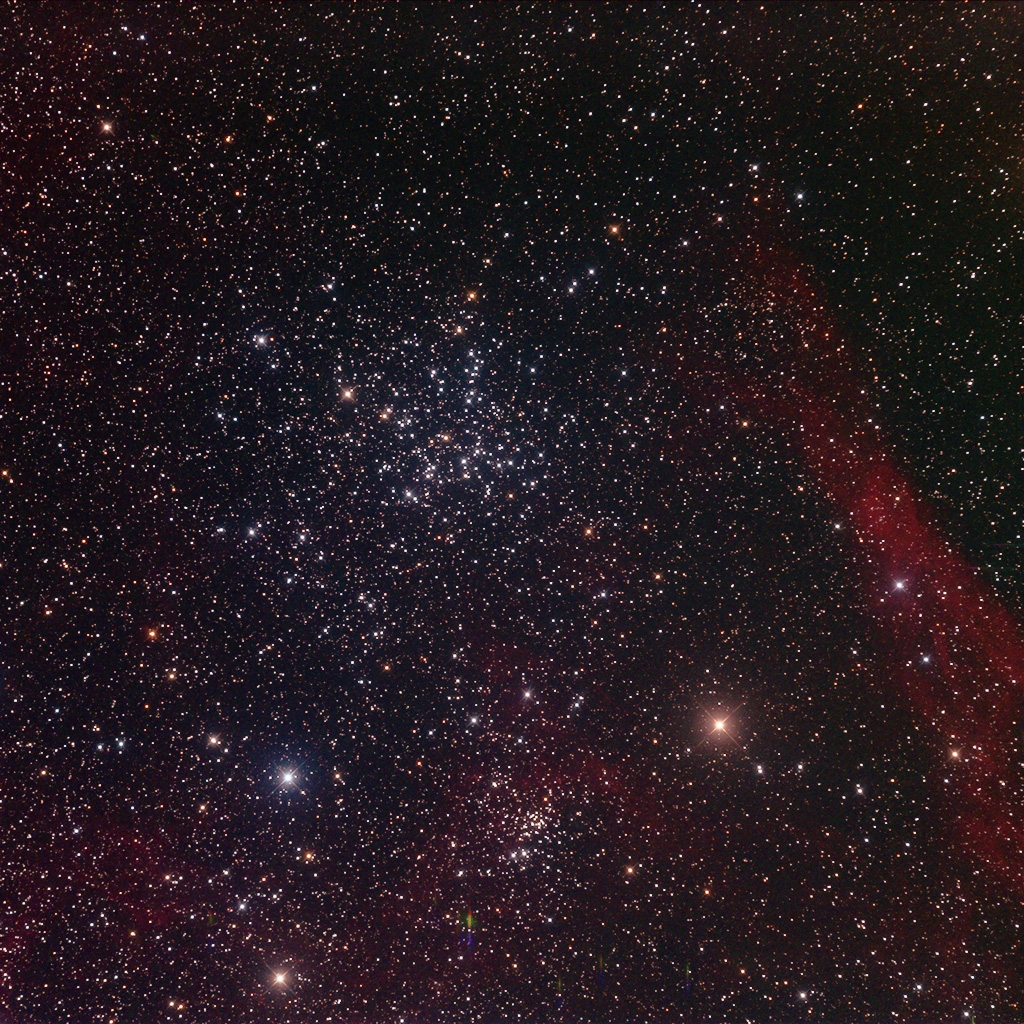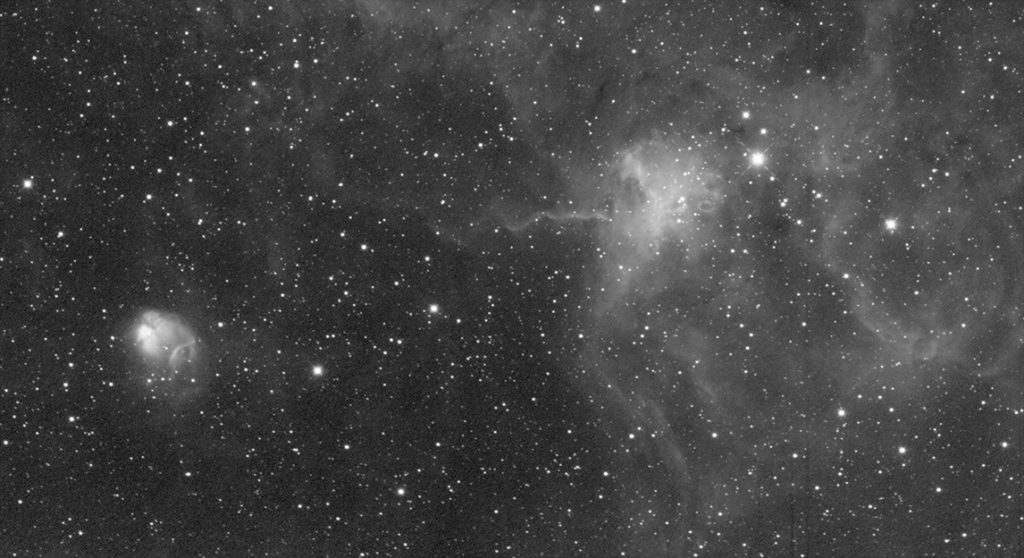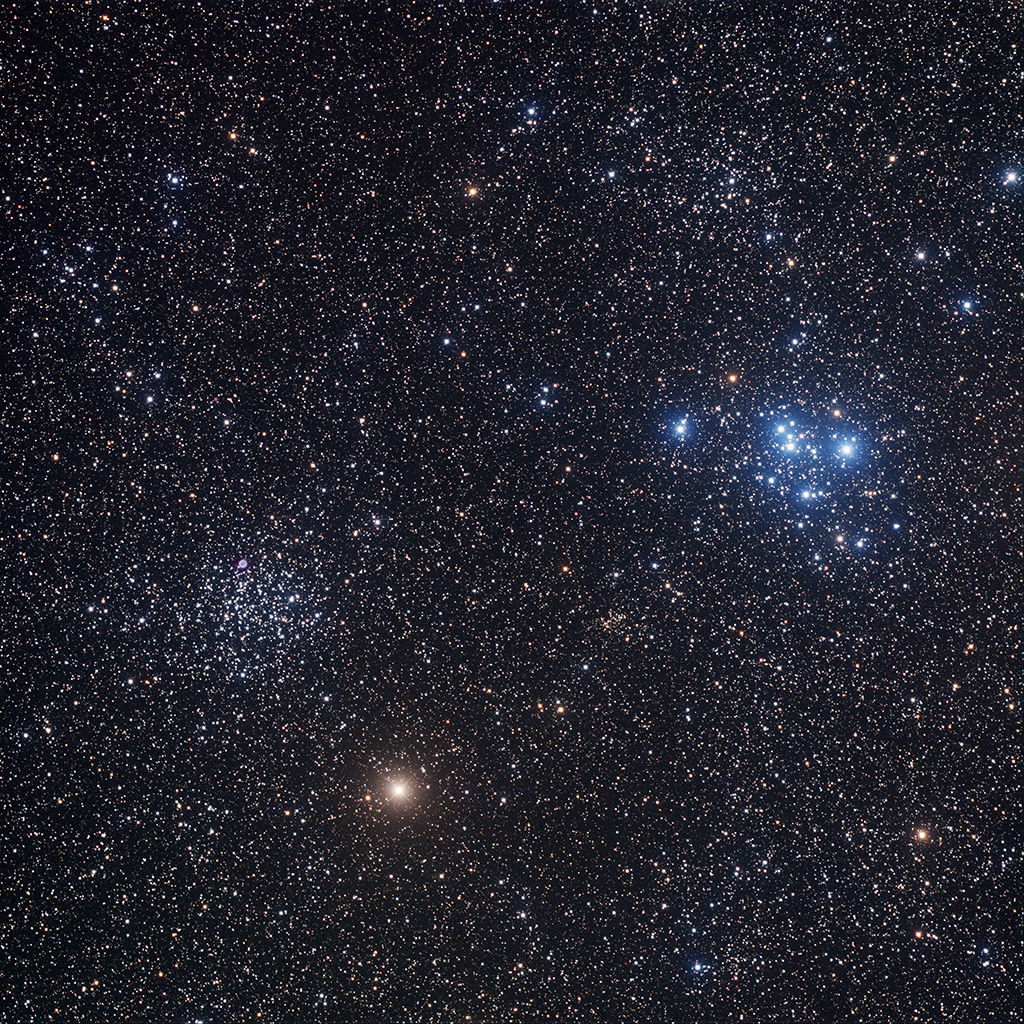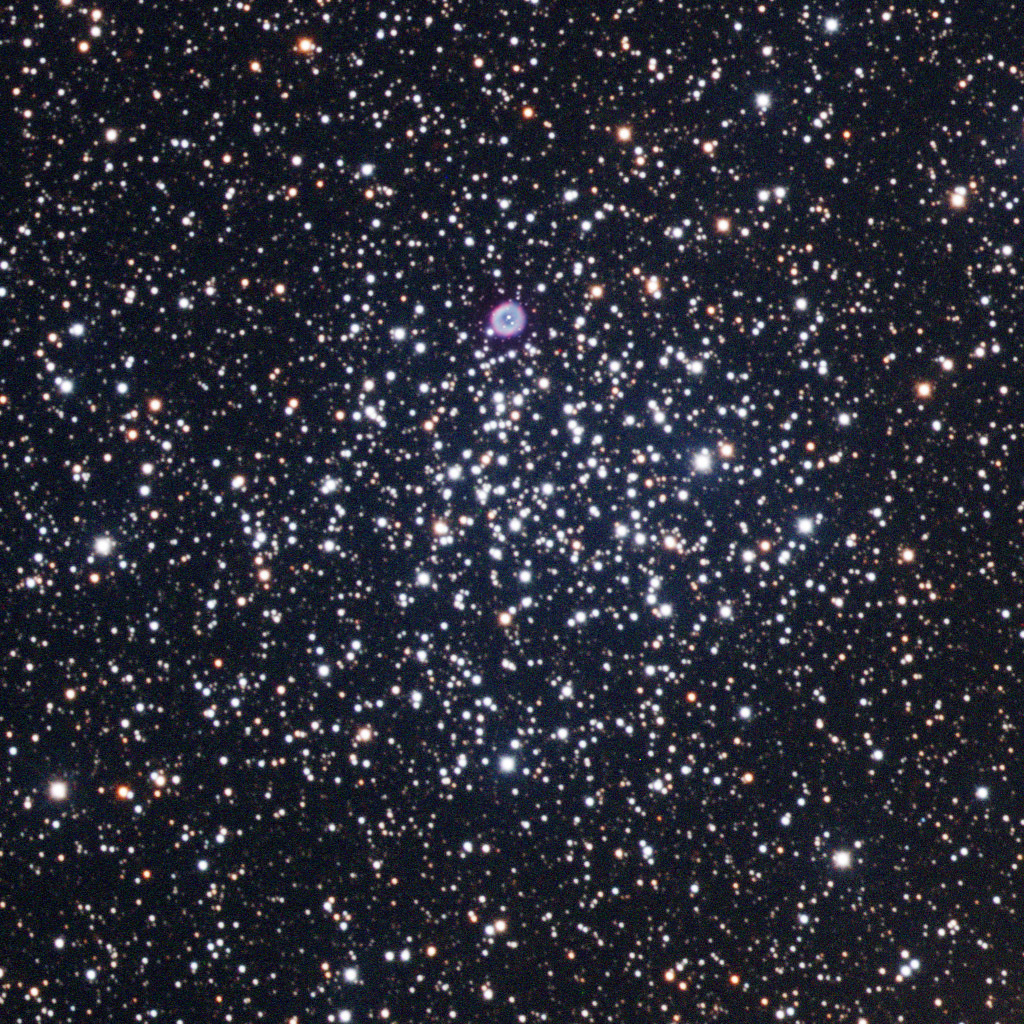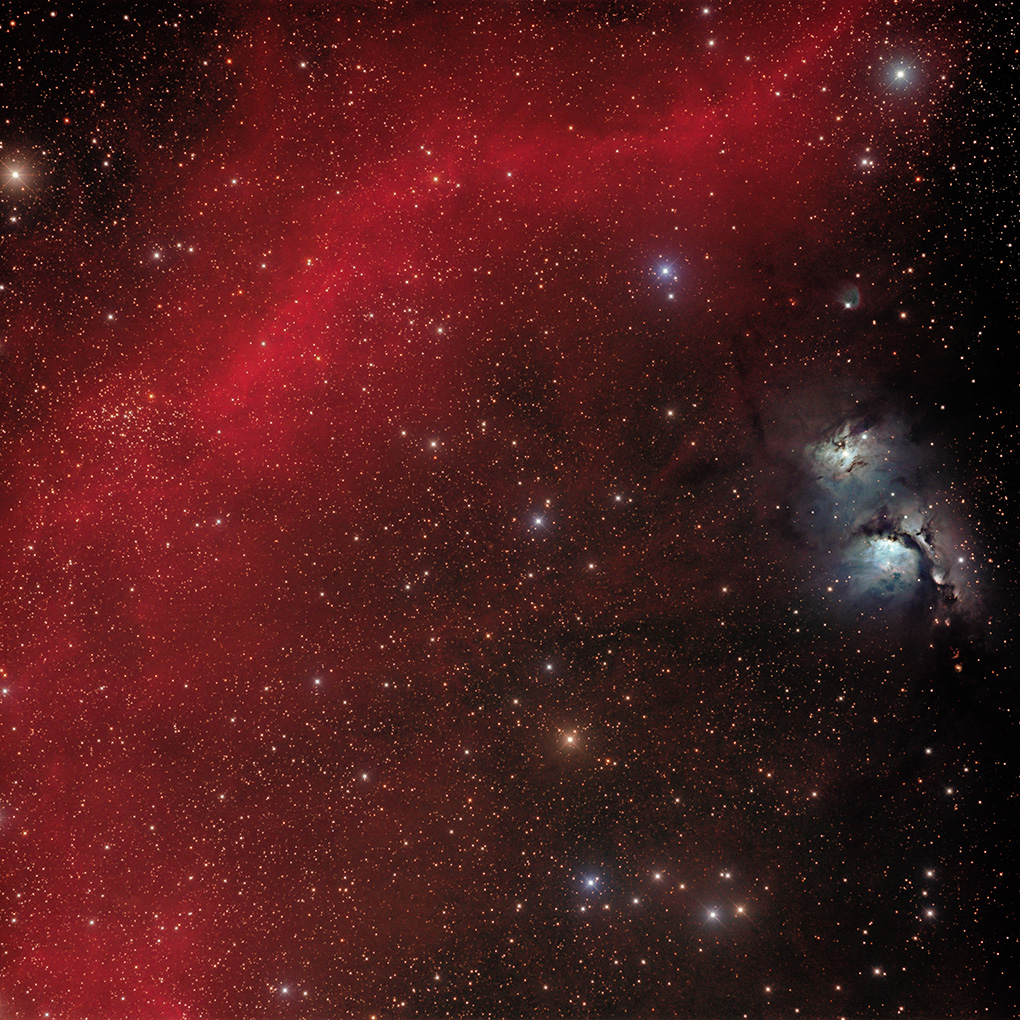Astronomically, the moon is tremendously significant to our understanding of so much of how stars and planetary systems develop. Geologically, it has already taught us much about the history of the Earth and the Solar System. Romantically, it has lit the fires of love in the hearts of untold billions of people. But to me, it has come to mean so much more than any of these.
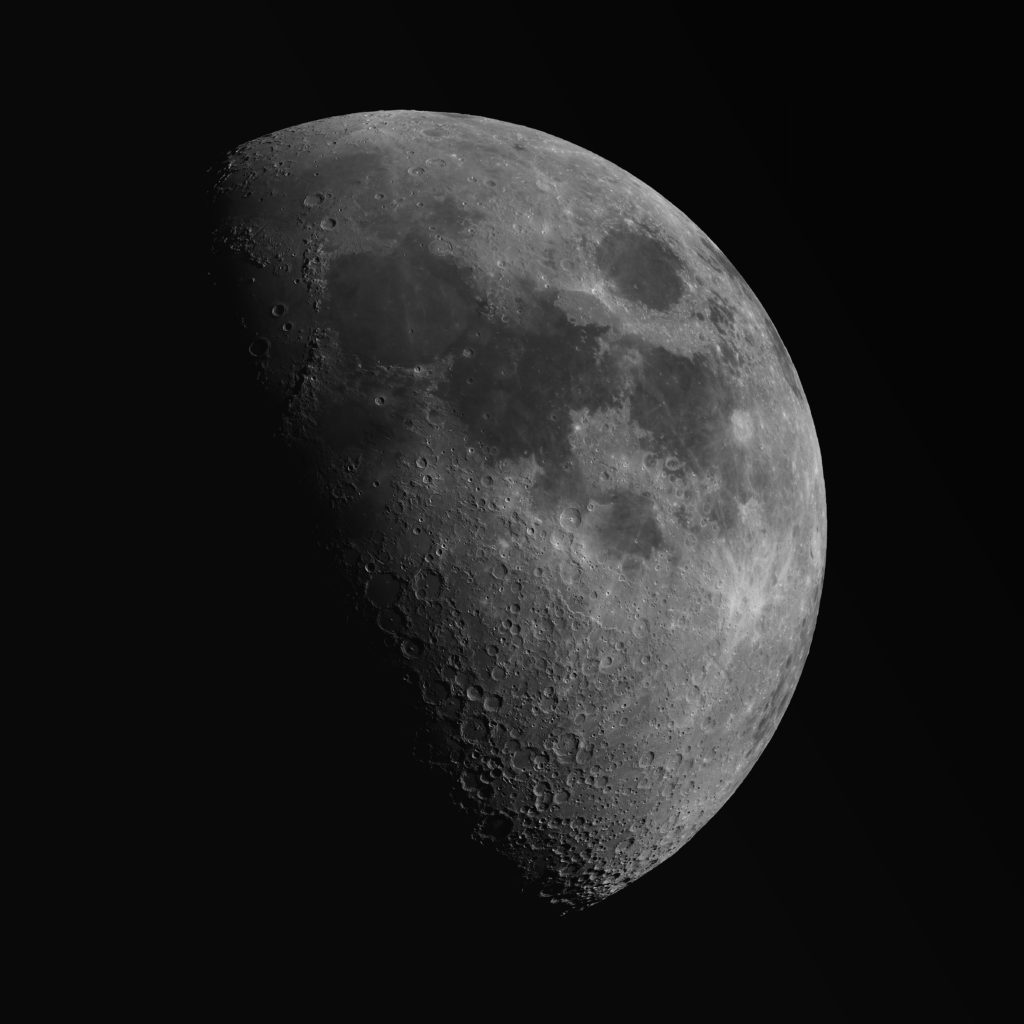
The moon is certainly worthy of nearly endless discussion of craters and plains, phases and tides, and all the minutiae of what we’re looking at when we look at its surface. But this time, I’d like to set aside the typical technical explanation of the calendar’s picture of the month.
A little more than a year ago, we were privileged to host two wonderful high school students for the 2018-2019 school year. One is from Barcelona, Spain, and the other is from Taiwan. Over the course of the year, we came to love these girls as our own daughters. They became a part of our household so completely that we couldn’t imagine our lives without them. It was as if they had been in our home since their birth. This was a completely unexpected thing. We really thought the experience would be like having guests for an extended stay. Suffice it to say that was not the case.
Our Taiwan daughter’s name is Luna. She loves the moon, and she loves this picture. She loves her USA mom and dad. She loves that her dad takes pictures of the moon. A blanket with this image printed on it was our going away gift to her, one of the most wrenching occasions of our lives. October is her birthday, and so when I made up the calendar for this year, I chose her image for this month.
Life is like this. The best things come to us out of the blue, unplanned, unexpected. The moon knows this as well. Its very existence was the result of a cataclysmic accident billions of years ago. Yet without the moon, our planet would be dead. In 2018 a girl from Taiwan got on an airplane and showed up at our house. Our world came alive. We will never be the same.
I don’t believe in astrology. The moon has no effect on our affairs other than the effects of its physical presence. That said, there IS a moon that affected and still affects our lives, in precious, wonderful ways. Her name is Luna. Happy birthday, Luna. 我爱你
